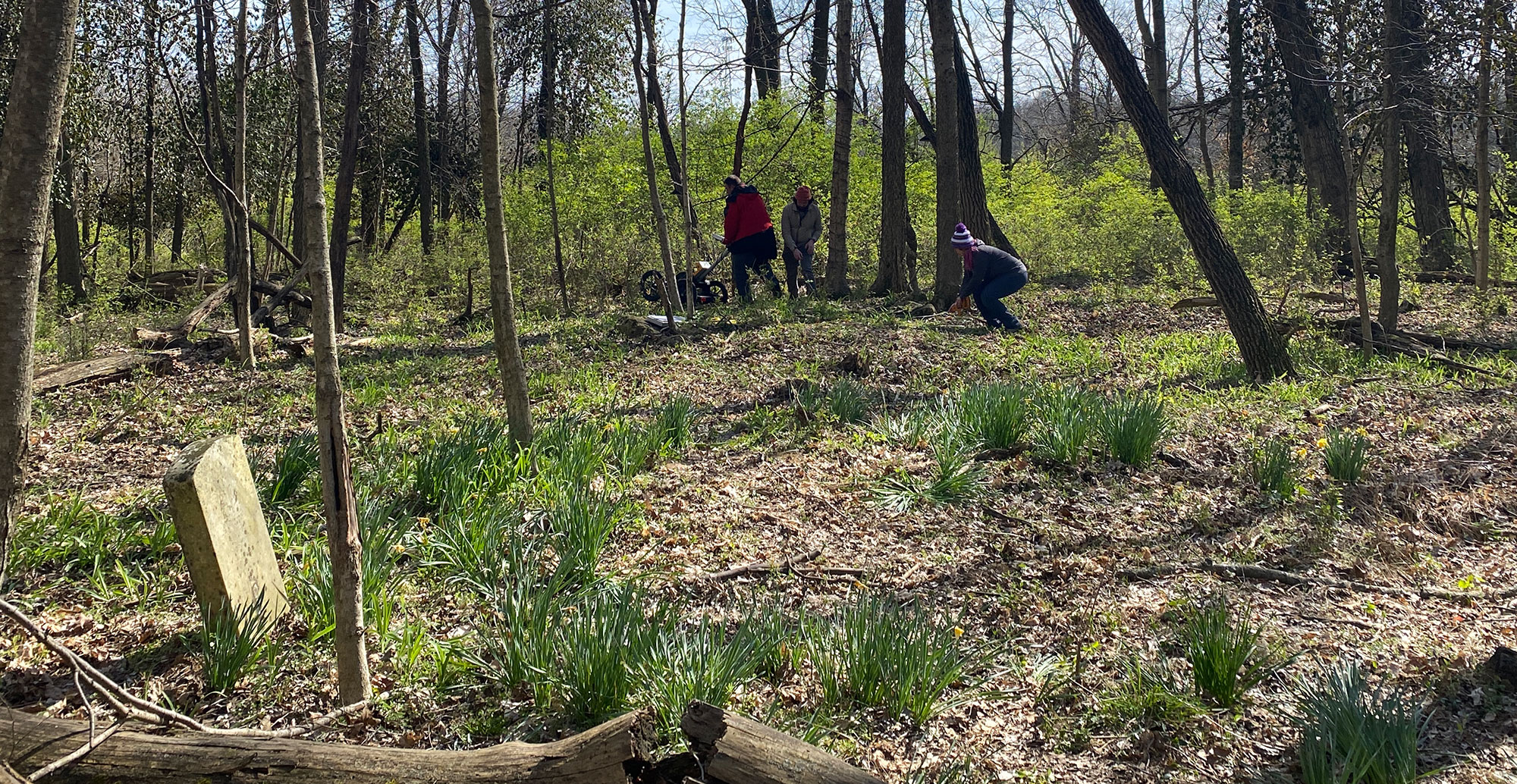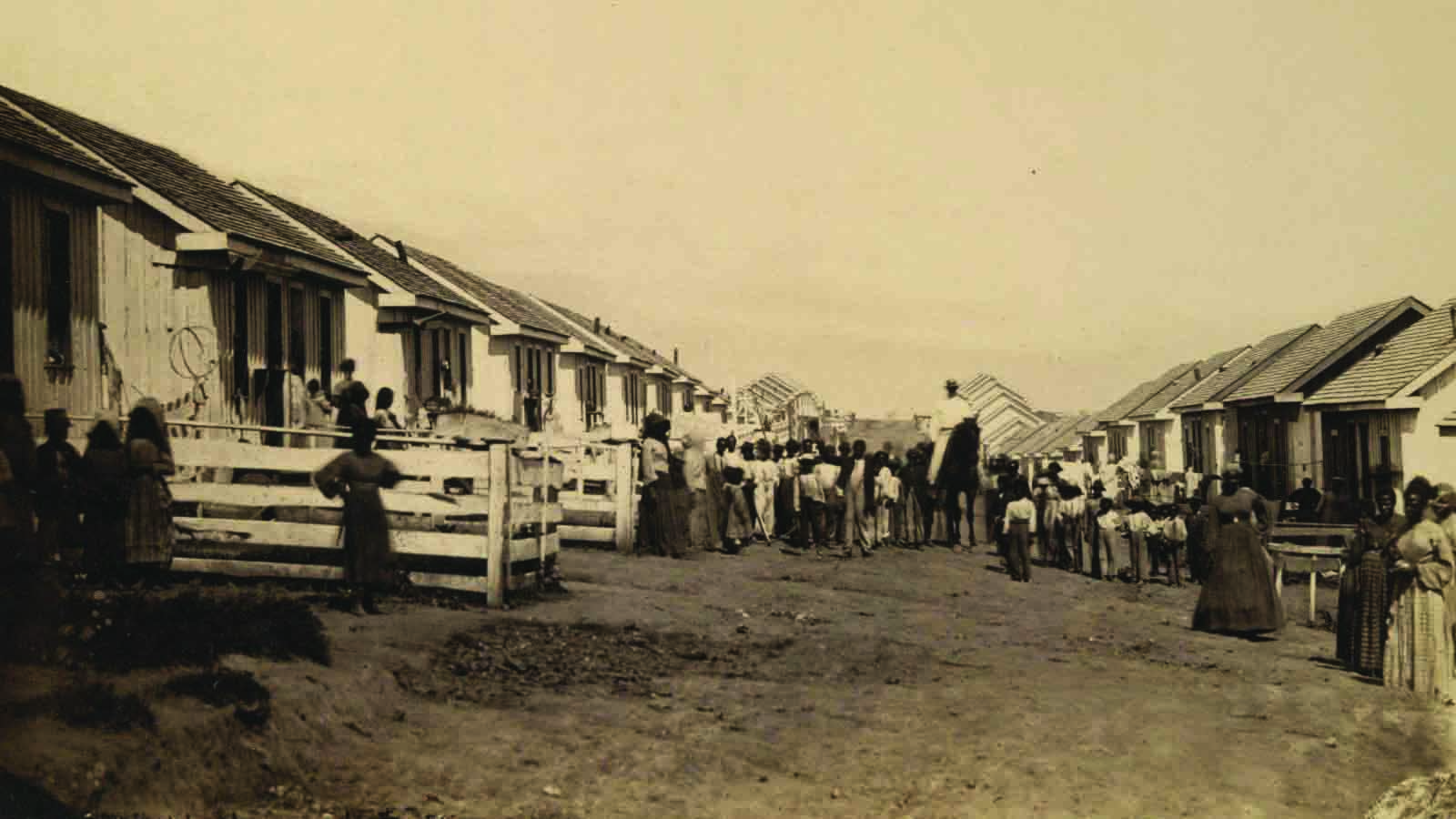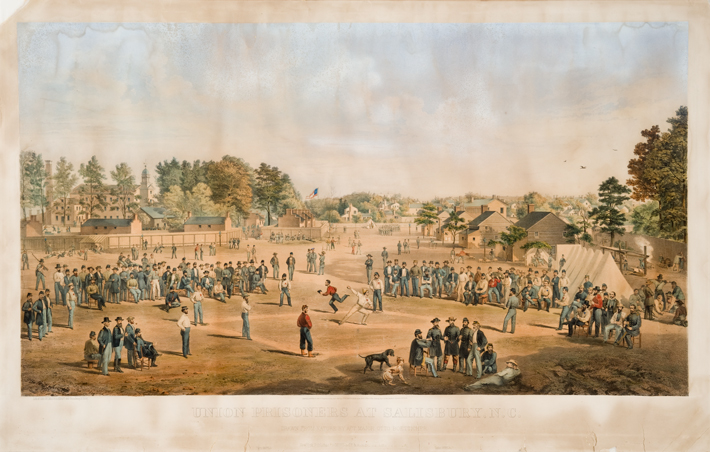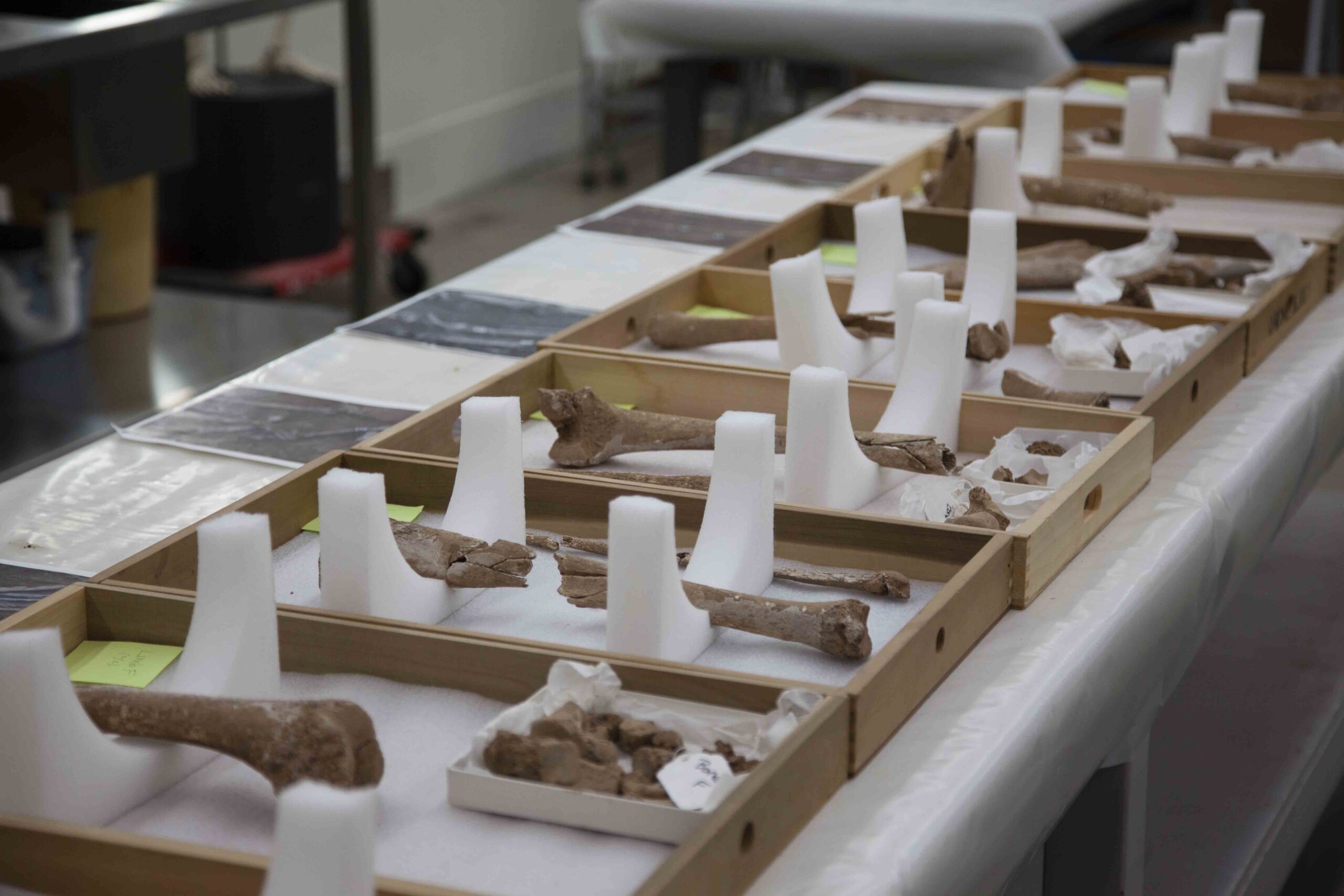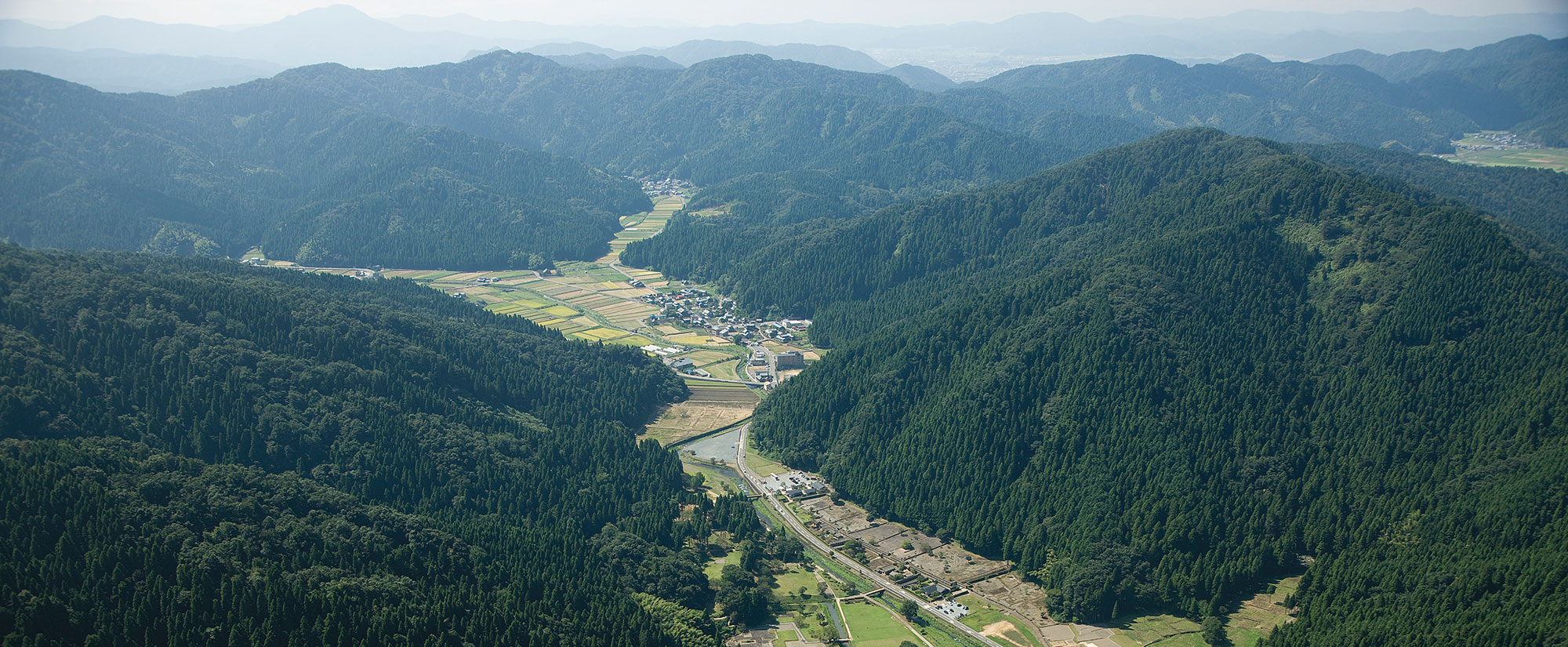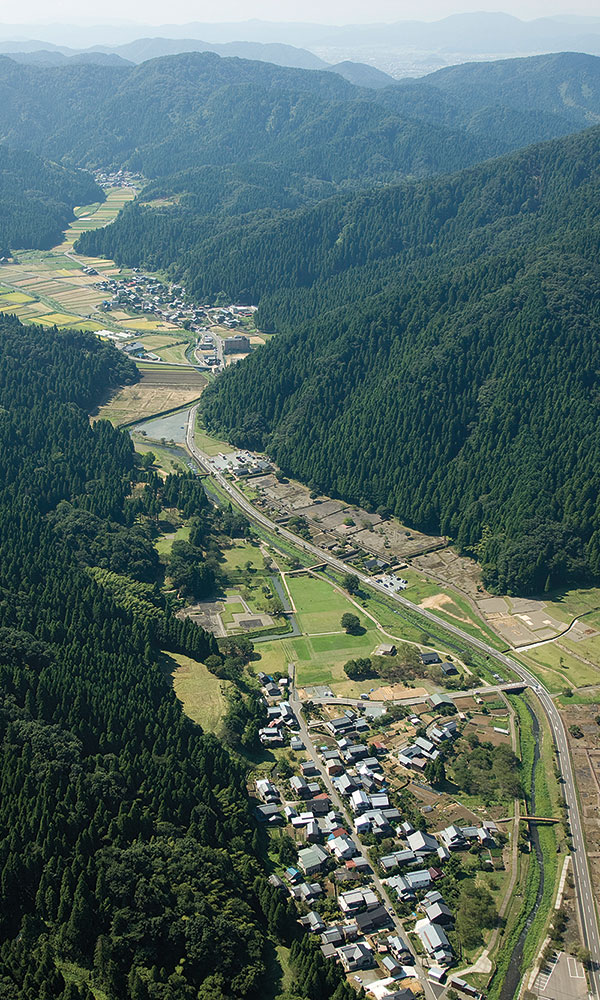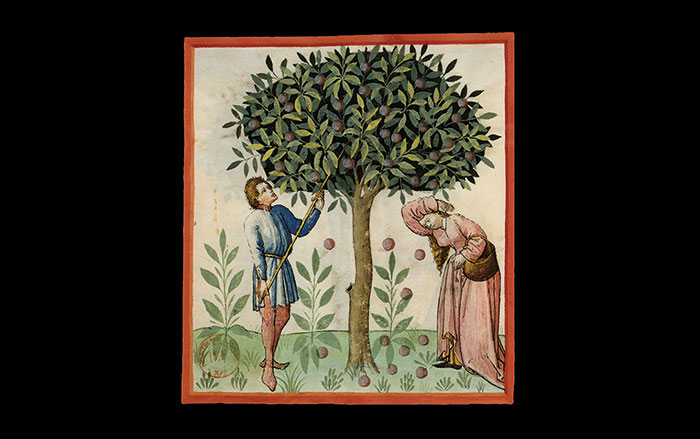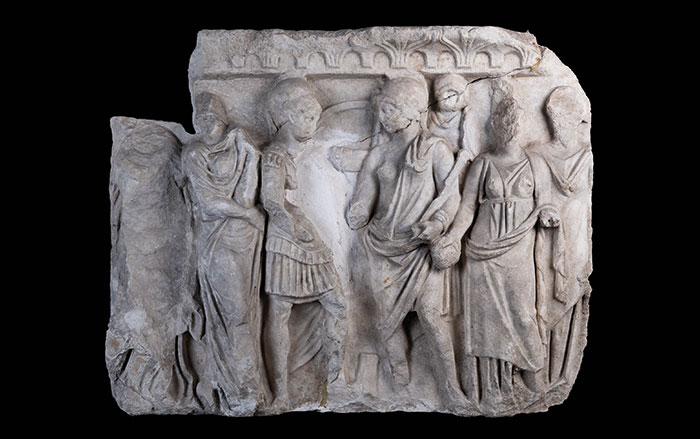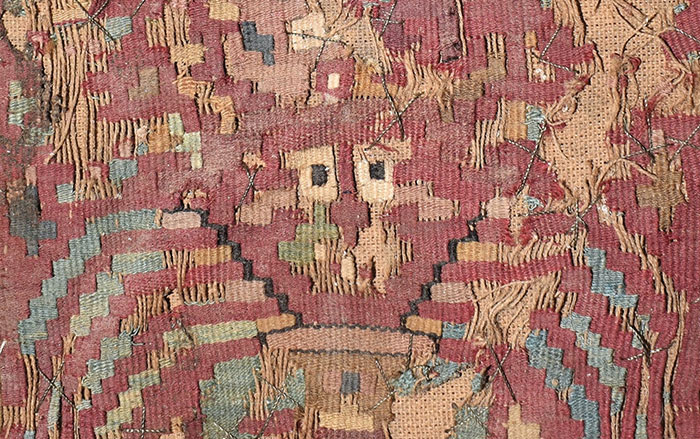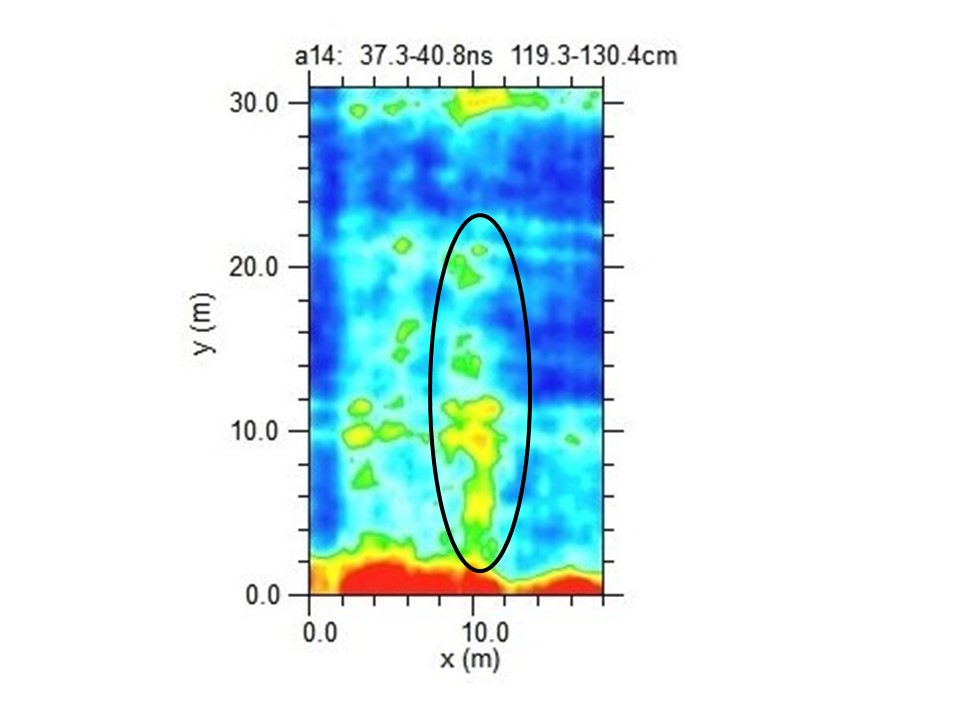
SIMPSONVILLE, KENTUCKY—Live Science reports that archaeologists believe they have found evidence of a forgotten and grim event of the Civil War. On January 25, 1865, a company of Black Union Soldiers were driving 900 head of cattle towards Louisville, Kentucky, when they were ambushed and attacked. Kentucky was technically neutral during the war but had roving bands of guerillas who were sympathetic to the Confederate cause. The state was also home to the Union supply depot Camp Nelson, where thousands of free African Americans enlisted and were trained. During the attack, almost two dozen soldiers from Company E of the United States Colored Cavalry stationed at Camp Nelson were ruthlessly slaughtered. “Most of the 22 men were shot in the back while fleeing, despite wearing the uniform of the U.S. Army," said Philip Mink, an archaeologist at the University of Kentucky. "Guerrillas definitely targeted them because they were Black.” The whereabouts of the mass grave in which these men were buried had been lost and forgotten until a recent geophysical survey, when researchers appeared to have located the soldiers' final resting place on the property of a current soybean farm. Surprisingly, the study revealed not one but two large buried anomalies, likely representing two mass graves. It is believed that one was used to immediately bury the bodies of those who died during the ambush, while the other held the remains of those who were wounded and succumbed to their injuries shortly thereafter. Excavations, which may definitely confirm the graves’ location, are slated to take place later in the year after the soybean crop has been harvested. To read about excavations of Camp Nelson, go to "A Path to Freedom."


